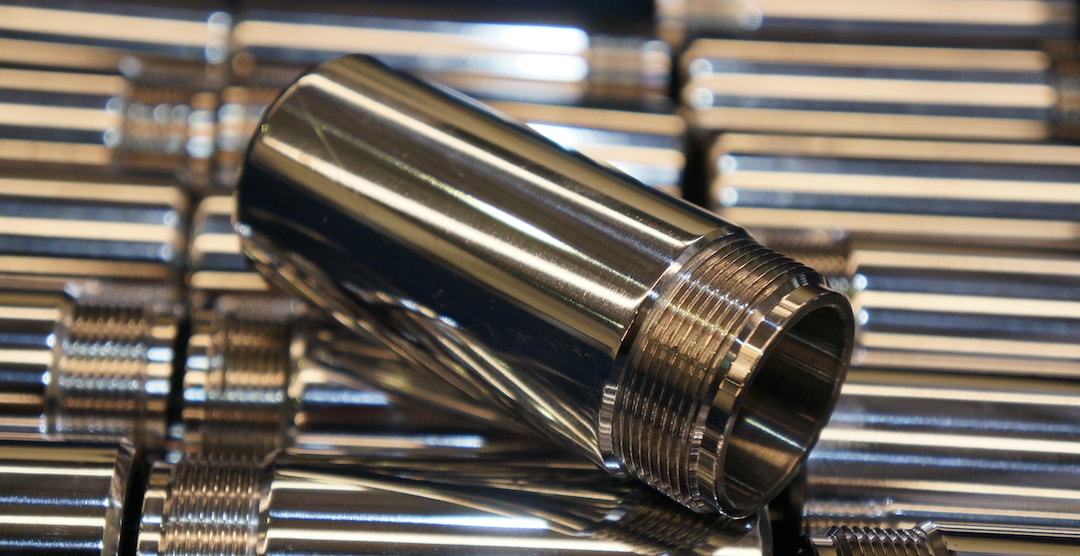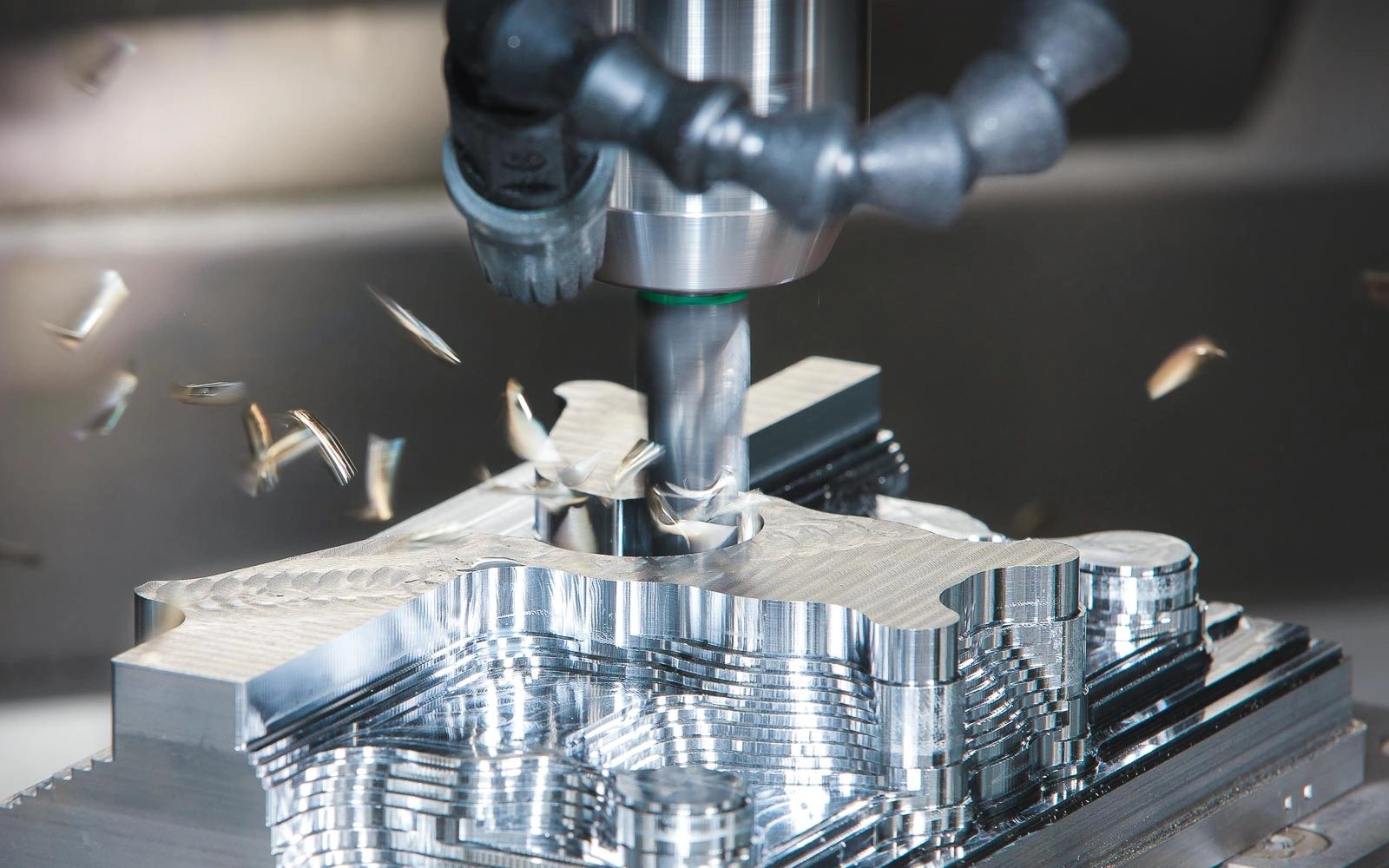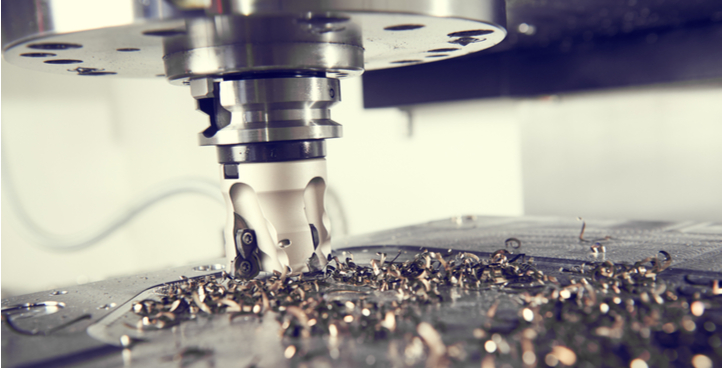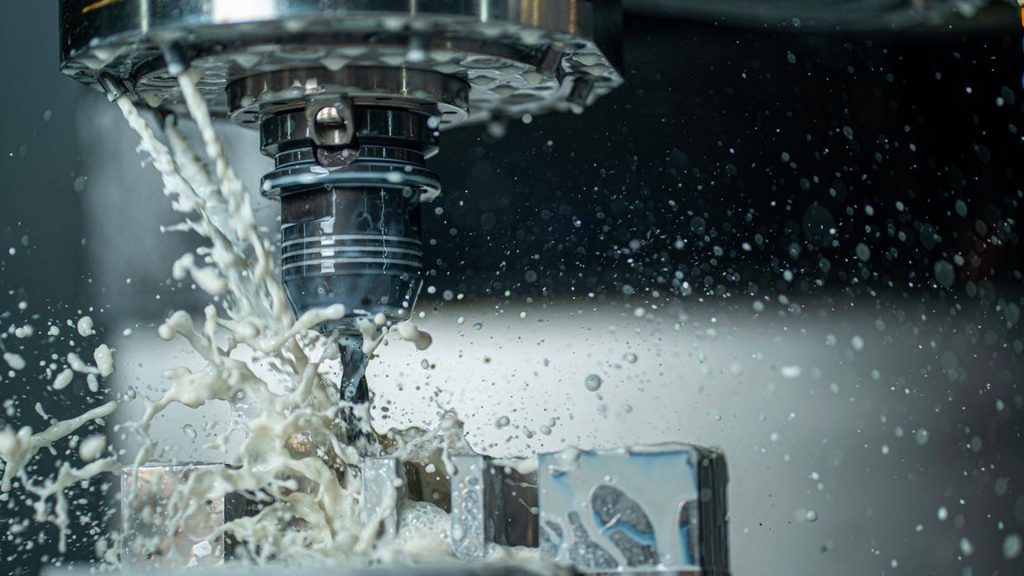Selecting the appropriate electroless nickel plating solution is essential. This procedure gives metal surfaces a coating of nickel alloy. It has benefits including preventing corrosion and extending its lifespan. The plated items must function well and maintain their strength over time by selecting the appropriate plating solution. Let’s examine the factors that influence the selection of the best solution.
Importance of selecting the appropriate solution for electroless nickel plating applications
For best results in electroless nickel plating, choosing the right solution is essential. This is the reason why:
- Improved Performance: By guaranteeing functionality and longevity, the right solution improves electroless nickel plating performance.
- Uniform Coating: Selecting the appropriate solution makes it easier to apply uniform coating, which avoids irregularities and guarantees smooth finishes.
- Adherence Strength: Appropriate solutions encourage robust adherence, avoiding flaking or peeling, between the plated layer and substrate.
- Corrosion Resistance: In severe conditions, corrosion resistance is often improved with the correct treatment, extending the life of plated components.
- Surface Finish: By choosing the right solutions, surface finish improves and satisfies quality requirements with a polished look.
- Cost Efficiency: The best solutions reduce waste and rework, which lowers labor and material costs. Impact on the Environment: The best course of action may be environmentally benign, minimizing hazardous waste and abiding by environmental laws.
- Process Efficiency: By streamlining the plating procedure and decreasing downtime, appropriate solutions boost output.
- Compatibility: Selecting the appropriate solution guarantees compatibility with certain substrates, avoiding damage or incompatibilities.
- Flexibility: Some systems are flexible, meeting different needs and applications without sacrificing performance.
Types of Solutions for Electroless Nickel Plating
Because electroless nickel plating offers wear resistance, corrosion resistance, and other benefits. It’s an essential technique in many sectors. Achieving the intended outcomes requires an understanding of the many solution types employed in this procedure. Let’s examine the acidic, alkaline, and neutral solutions—the three basic categories.
A. Acidic Solutions
Composition: Usually made up of nickel salts, acidic solutions for electroless nickel plating reducing agents like hypophosphite, complexing agents, and stabilizers. Features: These solutions work at lower pH values, often less than 5, which produces an acidic environment that is favorable for the deposition of nickel. Both consistent coating thickness and outstanding corrosion resistance exist.
Applications: Industries like electronics, aerospace, and automotive that demand accurate plating frequently use acidic solutions. They are perfect for complex components and pieces that require close tolerances.
B. Alkaline Solutions
Composition: Complexing agents, stabilizers, sodium or potassium hydroxide, and nickel salts are examples of alkaline sources found in alkaline solutions.
Features: Alkaline solutions provide faster deposition rates and improved leveling qualities when they function at higher pH values, usually above 9. They guarantee consistent coverage even on intricate geometries.
C. Neutral Solutions
Composition: Neutral solutions strike a balance between acidity and alkalinity, comprising nickel salts, complexing agents, and stabilizers without extreme pH adjusters.
Characteristics: With pH levels around 7, neutral solutions provide versatility and compatibility with a wide range of substrates. They offer good adhesion and deposit quality while minimizing potential issues like hydrogen embrittlement.
Applications: Neutral solutions find applications in industries with diverse plating requirements, including general engineering, consumer goods, and medical devices. They’re preferred for their ability to plate various materials without compromising on quality.
Factors Influencing Solution Selection for electroless nickel plating
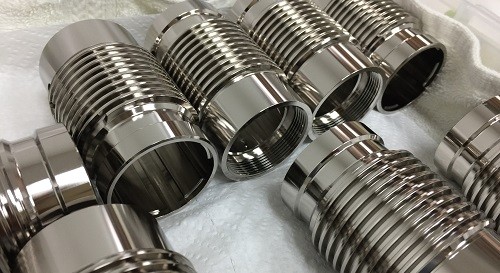
Choosing the right solution for electroless nickel plating is crucial for good outcomes. Let’s look at what factors affect this choice:
The material you’re plating matters a lot. Different materials like steel, aluminum, copper, or plastics need specific treatment. For instance, steel might need more acidic solutions to stick well and resist corrosion. Plastics might need additives for better sticking and compatibility.
Some materials might be tricky, like having poor sticking or chemical resistance. You need to pick a plating solution that deals with these issues. Knowing your material well helps in choosing the right solution for great plating results.
What you want from the plated surface affects the solution choice. Electroless nickel plating can give various properties like fighting corrosion, resisting wear, getting harder, being slippery, or conducting electricity. Different solutions offer different levels of these properties based on what they’re made of and how they work.
For example, solutions with lots of phosphorus can fight corrosion better and make things harder. They’re great for tough places or where things wear out a lot. Others with less phosphorus might bend better and conduct electricity well.
Considering the environment is essential now. We need to think about how plating affects the environment, like if the chemicals are harmful or if they make a lot of waste. Using solutions with fewer harmful chemicals and less waste helps lessen the impact.
Choosing solutions that follow environmental rules shows we care about the planet. It’s about being responsible and thinking ahead for a cleaner future.
Final Words
To wrap up, selecting the right solution for electroless nickel plating is super important. It guarantees that the plated parts are top-notch, sturdy, and work well, making them last longer. By thinking about things like what material you’re plating, the properties you want, and how it affects the environment, manufacturers can make smart choices. It’s not just about getting good results; it’s also about being responsible and caring for the environment.



